Darwin Day: the grid of evolution at UCL
12 February 2009
The bicentenary of Darwin's birth on Thursday 12 February 2009 provides an opportunity to explore the relevance of this Victorian scientist to the contemporary world and our ways of living.
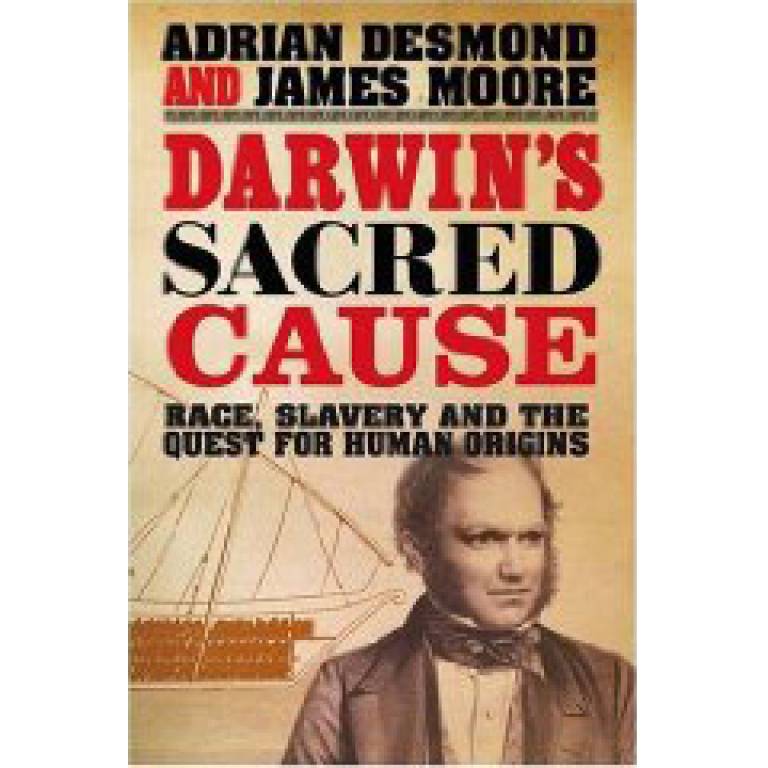
Charles Robert Darwin (1809-1882) lived for nearly four years at 12 Upper Gower Street or 'Macaw Cottage', a site now occupied by UCL's Darwin Building, home to the Grant Museum of Zoology. By the time he came to Gower Street, Darwin had already returned from his famous voyage on HMS Beagle. Darwin went on to establish a reputation as one of the foremost scientists of modern times, his work influencing contemporaries and their successors at UCL.
Darwin's name might be synonymous with theories of natural selection but evolutionary theories form part of the wider ethical, theological and philosophical grid of life. Below are six areas of activity, from architecture to ophthalmology, which demonstrate the variety of disciplines at UCL engaging with evolutionary theories.
Dr Adrian Desmond, UCL Biology
"If ever there is an opportunity to re-evaluate Charles Darwin in light of modern scholarship this bicentenary surely provides it. Even so, no one realised how overwhelming the media blitz around any new view of Darwin would be. When Jim Moore [co-author of 'Darwin's Secret Cause'] and I wrote the doorstopper 'Darwin' in 1991 to explain how the recluse managed his heretical views, by lying low - it surprised even us as a left-field bestseller (yes, really, it reached #1 in the 'Evening Standard' chart!). That biography raised one niggling question: if Darwin had to hold off from publishing for 20 years, if evolution was so abominated that his teachers 'stamped with an iron heel upon the head of the filthy abortion', why did he come up with such a bestial theory to begin with?
This was the launch pad for 'Darwin's
Sacred Cause'. Jim and I switched the spotlight onto the young Darwin. We were
looking for the enabling factors which might have eased the wealthy gent into
heretical areas. Jim investigated the anti-slavery obsession of Darwin's
Wedgwood family and, given his grandfather Josiah's famous medallion showing a
slave pleading 'Am I Not A Man And A Brother?', I was able to re-appraise the
student Darwin's apprenticeship to an ex-slave at Edinburgh University in 1826.
On the Beagle Darwin's exposure to
the vilest tortures left him at boiling point. Did you know that the Beagle's tender on a previous voyage had
previously been owned by a slaver? Or that it was sold back to one and, while
Darwin was in South America, it was again landing slaves?
Darwin's exposure to slavery throws new
light on his evolution notebooks (1837-9). In these he damned the slave-owners'
belief that blacks were another species,
while the 'Man and a Brother' motto predisposed him to a rival 'common descent'
kinship for the human races (such views were ubiquitous in the anti-slavery
literature). This faith in common ancestry allowed him to marshal his Galapagos
facts in a unique way, to link the islands' mockingbirds and finches along the
same common-ancestry lines. Indeed, with races only incipient species, this
joint ancestry was extended to all creatures: hence our genealogical 'tree of
life'."
'Darwin's Secret Cause', by Adrian Desmond and Jim Moore, is published by Penguin Books.
Professor Steve Jones, Head of UCL Biology
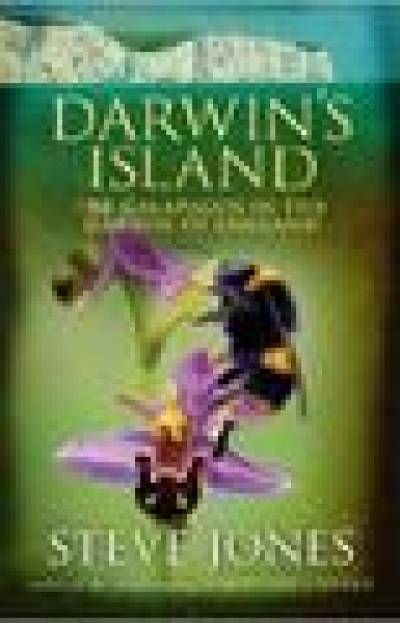
Professor Jones, UCL's best-known commentator on evolution, has recently published 'Darwin's Island' (Little, Brown) in which he places Darwin's work in a continuum that reaches into the present of scientific research, as well as emphasising its extraordinary prescience. The island in the title of Jones's book is England, where Darwin remained for the rest of his life after returning from his five-year world voyage in 1836 and which inspired his epic works. Jones's book is also about modern genetics, his own field of research, and the confirmation it provides of evolutionary theory.
The book draws on the variety of Darwin's corpus, decentering 'Origin of Species' in order to foreground equally pertinent - but often neglected - publications. By undertaking such a holistic approach, the book seeks to rescue the man and his work from some false assumptions.
Prof Jones held an immensely popular lunch hour lecture titled 'Is evolution over?' in autumn 2008. The lecture can be viewed on the Lunch Hour Lecture website.
Dr Beau Lotto, UCL Institute of Ophthalmology
" 'Living matter exists only in the biosphere…Within the biosphere…There is continual migration of atoms from the inert matter to living matter and back again.'
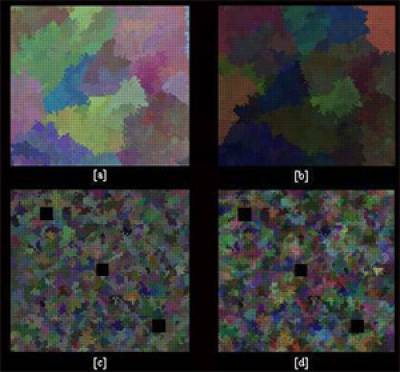
Vladimir Ivanovich Vernadsky, in his second book 'Biosfera' (published in 1926), highlighted the fundamental aspect of cycles for understanding life. All living agents are in continual flux and yet somehow the essence of each remains remarkably intact. In absolute terms we are not the same individuals we were a few years ago. Over the course of time, all the elements that once made up each of us are gone, lost to our immediate and distant environments, and have been replaced by other elements whose histories are infinitely complex.
Our dependence on the environment runs far deeper than just practical reliance. As personifications of an evolutionary process in an ambiguous world, we are not reducible to our essential properties (ie the stuff that makes us up). Rather, we as individuals, as a society and culture are defined by our ecological histories. These histories of interaction determine what we think and why, what we believe, know and trust. Even the colours we see are not 'accurate' depictions of the world, but are instead useful behaviours towards world behaviours that have been shaped by the trial and error process of evolution and development.
Our research at Lottolab Studio uses a number of different techniques from human functional magnetic resonance imaging through behavioural experiments on bumblebees to the evolution of virtual life forms to better understand the behavioural, mechanical and computational principles by which evolution has shaped what, how and why we see what we do."
Dr Beau Lotto will be presenting a talk titled 'The Evolution of Evolution: Using synthetic systems to explain natural ones' on Thursday 12 February.
For more information,
visit the Lunch Hour Lecture website and the Lottolab.
Image: Mosaic world, a model used to demonstrate the evolution of virtual life forms.
Dr Joe Cain, UCL Science and Technology Studies
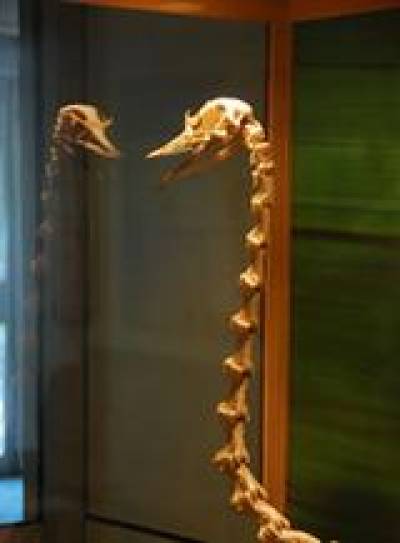
"The Darwin celebrations bring a frenzy of activity for me. The past few months have seen nearly endless media queries, requests for writing, ideas, book reviews, and questions, questions, questions. My walking tours related to Darwin have grown sharply in popularity. I've just published a volume of essays about evolutionary biology in the twentieth century, 'Descended from Darwin'. The least expected project arriving on my desk was the opportunity to edit the Penguin Classics reprint of Darwin's 'Expression of Emotions in Man and Animals'. That's due out in May, co-authored with Sharon Messenger. I formerly thought this book was dull and silly. I now know it's anything but.
The most rewarding project has been a consultation for a puppet theatre. They were creating a new show about Darwin. It started with a lot of moaning about dull theory and boring science. It ended with a wild enthusiasm for exploration, investigation, and curiosity - themes much closer to the spirit of Darwin's life as a scientist.
Emily Steel, one of my MSc students, achieved the near impossible with Darwin by finding something new. Her thesis focused on the surgeon serving on HMS Beagle for the first segment of her voyage. Robert McCormick expected to be the captain's confidant and the voyage naturalist. Mr Darwin got in his way and so effectively sidelined McCormick that he left the ship at his first opportunity. Everyone remembered him from Darwin's line - "He is no loss". Emily produced a far more subtle and balanced account of this man.
I've researched the history of evolutionary biology for twenty years, mostly in areas far away from Darwin and his personal story. The celebrations this year, I think, have been too focused on Darwin. He's not a Messiah. He wasn't perfect. He certainly was neither always right, nor always interesting. The biggest consequence of a frenzy like Darwin200 is how it begs questions like 'why him?'; 'why must all roads lead through Down House?'; 'what is sitting just outside our field of vision?' These are questions I'll be considering for years to come."
For more
information on guided tours and outreach activities, visit Dr Cain's webpage.
Dr Rachel Armstrong, UCL Bartlett School of Architecture
Lots of things have architectures: organisations, projects, software, cells, organisms, herds, and ecosystems. Their architectures either determine or strongly influence their behaviour and their properties. Architectural progress and evolution can be observed in both these built and natural systems.
There is, however, another way of looking at the term 'architecture' in relation to evolutionary theory. Over at the Bartlett this Thursday, innovative architects and scientists will meet to discuss and advance a broad-minded approach to the tenets of acquired and heritable change. Dr Rachel Armstrong and Professor Neil Spiller have organised a workshop titled 'Architecture & Complexity: Systems Architecture' which will reflect on what the advent of radical new technologies in science mean for evolutionary theory and, further, what implications this might have for architecture and culture.
Dr Armstrong, a medical doctor by training and currently a research fellow at the Bartlett, explains: "We are using a new model of architectural practice that connects the natural world with the built environment. This is called Systems Architecture. We are starting to think about architectural practices as having embedded connections with nature and as being an integrated part of the ecosystem."
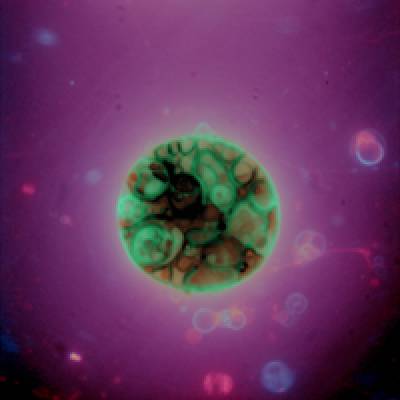
The vision is to develop in the long run sustainable cities that are viable. This is not simply about dressage or adding token greenery to existing buildings, but about how architecture can become a self-building system through a new generation of 'smart' materials and chemicals. For instance, plants and non-living material that self-assemble (like crystals) contain elements of vitality which have interesting design implications for the built environment. Dr Armstrong mentions that the organisation of cell behaviour in organisms like slime mould could be used to form wallpaper or to cover building surfaces. The living matter would work with the material of the building, improving its response to environmental conditions; making the built object more symbiotic with the ecosystem. For example, sandstone - with its high absorbency rate - could be replaced with a different building material and covered with living organisms to achieve the same rate of absorption.
These new connections arise from technologies that derive from complex chemistry and synthetic biology. For example, Professor Martin Hanczyc (Centre for Fundamental Living Technology, Denmark) who will speak at Thursday's workshop, will discuss the phenomenon of a protocell, a simple chemical model that mimics natural living cells. Protocells behave like living organisms by responding to the stimuli of their environment and despite being inert material, they can be thought of as being able to make decisions. This is interesting as there is no genetic material involved in these movements, which means that these 'living' processes within the protocells can be subsequently manipulated to produce architectural design outcomes. This is, when it comes to the basics, non-Darwinian evolution.
Dr Armstrong adds: "Rather than wait for the scientists producing these technologies to realise that architects would find such materials useful, we're forcing the issue and bringing innovative architects into proximity with the scientists who have created these technologies."
More information on the Bartlett visit their website.
Manu Davies, UCL Institute of Archaeology
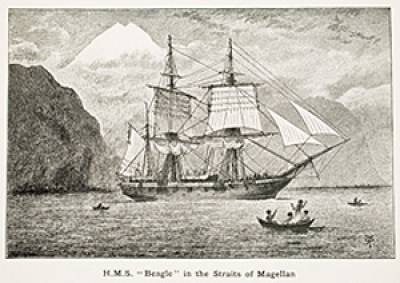
"This spring semester, the Institute of Archaeology has organised a seminar series on the theme of Darwin's influence in archaeology and anthropology. It has been organised by Dr James Steele who directs the AHRC Centre for the Evolution of Cultural Diversity (www.cecd.ucl.ac.uk), a research centre promoting evolutionary models of cultural change and diversity. The seminars involve historical perspectives on Darwin's encounter with the Fuegian Indians and on the reception of Darwinian ideas in 19th century archaeology and historical linguistics, as well as a talk by Professor Robert Prescott (University of St Andrews), the lead archaeologist of a new project to identify and examine the submerged timbers of the hulk of HMS Beagle.
The series also involves speakers describing current
archaeological and palaeontological work in relation to Darwin's major
contributions (for example, speciation theory and the fossil record of human
evolution; plant and animal domestication; sexual selection and human
evolution). Other talks will examine Darwinian perspectives on urban evolution
and consider how we can simulate cultural evolution of prehistoric artefacts in
a psychology laboratory. The AHRC Centre is also involved in a temporary
exhibition on Darwinian models of cultural traditions that will be mounted in
the Institute of Archaeology this May, and will be organizing a session to
disseminate its work at the British Science Festival in Guildford this
September."
Visit the UCL Institute of Archaeology website for a timetable of the seminars.
Charles Darwin of Gower Street
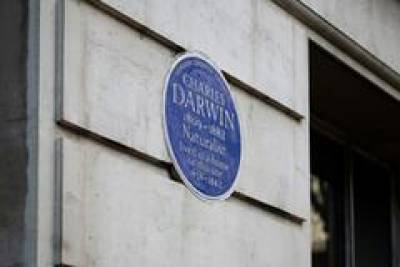
For those interested in rummaging through the papers of Darwin's life, UCL Library Services have organised an exhibition in the Main Library, Wilkins Building, to fit the bill. The exhibition, which runs until April 2009, illustrates the scientist's life, work and the influence of his ideas about inheritance and evolution. The exhibition highlights include the first edition of 'Origin of Species', a manuscript of the book before its publication, and correspondence between Darwin and his cousin Francis Galton, a polymath who shared Darwin's interest in heredity and identity.
To hear more about UCL's Darwin collection, listen to Kate Cheney (UCL Library Services) and Gill Furlong (Head of Special Collections) on the UCL news podcast.
By Dragana Obradovic, UCL Communications
 Close
Close

